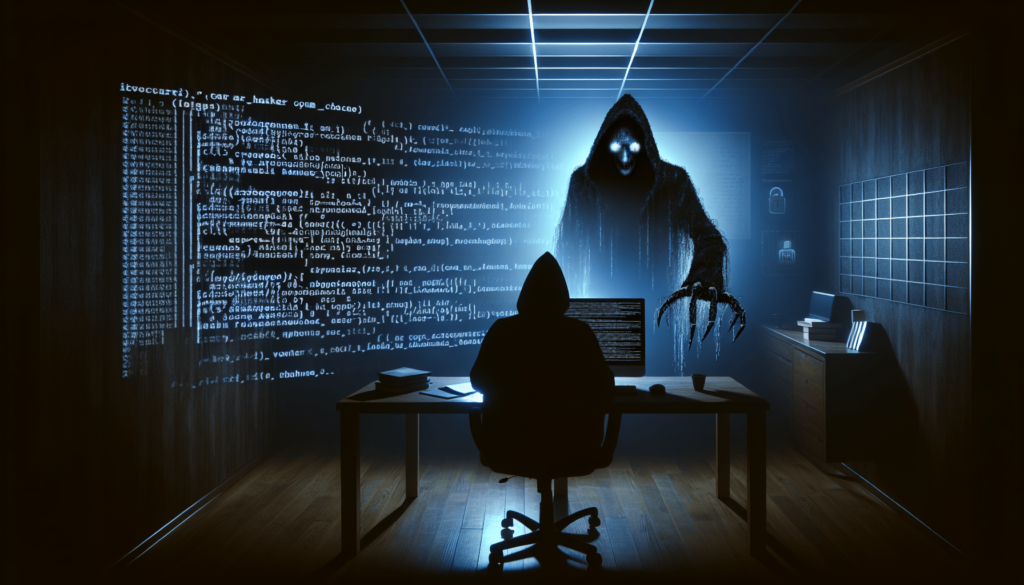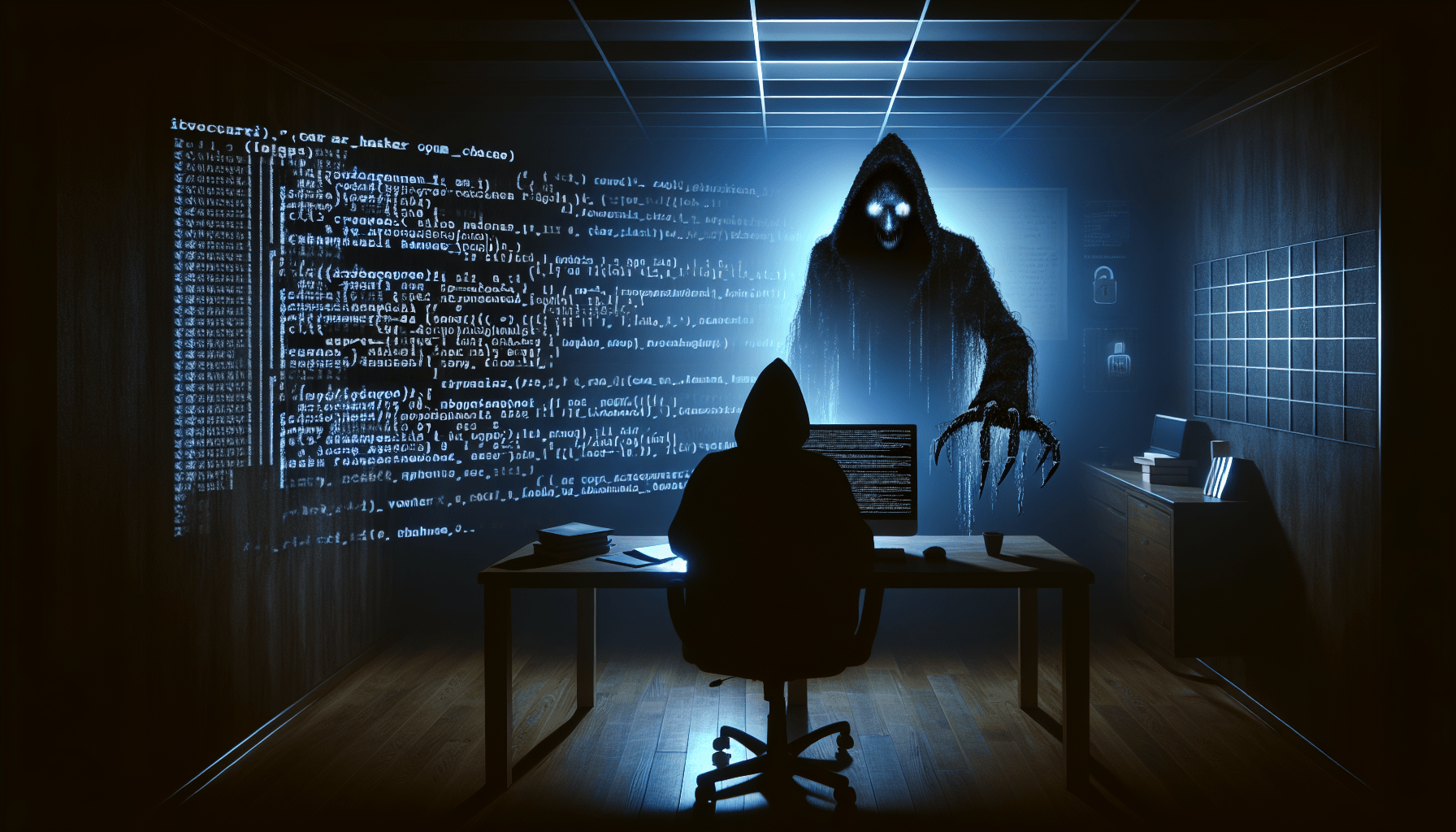In a recently unearthed cybersecurity incident, the advanced persistent threat group known as Void Banshee successfully exploited a critical vulnerability in the MHTML protocol handler, identified as CVE-2024-38112. This flaw, which has since been patched by Microsoft, allowed the attackers to execute remote code and deploy malicious payloads, such as the Atlantida stealer, through disabled instances of Internet Explorer on modern Windows systems. Trend Micro’s vigilant monitoring and Microsoft’s swift response highlight the ongoing risks posed by legacy components like Internet Explorer, emphasizing the need for organizations to assume potential compromises and act swiftly to isolate affected systems. The incident serves as a stark reminder that even retired technologies can pose significant security threats when left unaddressed. Have you ever wondered how a single vulnerability can open the floodgates for a cascade of cyber-attacks?
Well, today you’re in for an eye-opener! Let’s dive into a recent, critical discovery in the cybersecurity world—an exploited MHTML vulnerability by a notorious hacking group known as Void Banshee. Yes, the story sounds like a high-stakes spy thriller, but unfortunately, this isn’t fiction. Armed with technical prowess and sinister motives, Void Banshee targeted regions across North America, Europe, and Southeast Asia. Their weapon of choice? A remote code execution (RCE) vulnerability within the MHTML protocol handler, named CVE-2024-38112.

The Discovery of CVE-2024-38112
Imagine waking up one day to learn that your security experts have uncovered a severe loophole in an everyday digital tool. That’s precisely what happened when CVE-2024-38112 was discovered. This vulnerability, with the moniker ZDI-CAN-24433, was like finding a trapdoor to the digital world, allowing unauthorized players to execute rogue codes.
Microsoft, upon receiving the alarming report, promptly devised a patch to plug this vulnerability. But not before Void Banshee could exploit it to devastating effect. Now, you may be wondering, who is this Void Banshee? Let’s get to know them better.
Who Is Void Banshee?
Void Banshee isn’t your run-of-the-mill cybercriminal group. They are an Advanced Persistent Threat (APT) group, meaning they are highly adept in stealthy, sophisticated, and protracted cyber-attacks. Their primary targets span widely across North America, Europe, and Southeast Asia, regions known for their high-value information troves.
What drives such groups isn’t just intellectual satisfaction; it’s often financial gain, espionage, and sometimes, causing widespread disruption. Void Banshee’s modus operandi involves the meticulous planning of attack chains designed to pilfer sensitive data and achieve monumental financial heists.

The Role of Atlantida Stealer
If Void Banshee had a trusted sidekick, it would be the Atlantida stealer. This piece of malware made its debut in January 2024, ready to engage in mischief. Over the months, Atlantida evolved, incorporating the CVE-2024-38112 vulnerability to wreak more havoc.
Atlantida’s job was straightforward yet sinister: infiltrate compromised systems and siphon off sensitive information. Personal data, financial records, corporate intelligence—you name it, Atlantida was after it. So how did Void Banshee manage to exploit this vulnerability?
Exploiting the MHTML Vulnerability
Here’s where it gets technical but stick with me; it’s fascinating. The MHTML (MIME HTML) protocol handler in Internet Explorer was the Achilles’ heel. By exploiting this vulnerability via internet shortcut (.URL) files, Void Banshee managed to manipulate disabled instances of Internet Explorer on Windows systems. This essentially circumvented existing security measures, allowing them to deploy malicious payloads like HTML Applications (HTA).
So, what does this mean? Simply put, they turned a seemingly dormant feature of an obsolete browser into a Trojan horse. This vulnerability allowed them to sneak in their malware payloads undetected. You might be thinking, “But Internet Explorer is ancient; why are we still talking about it?”

The Legacy of Internet Explorer
You’re right; Internet Explorer is old news. It was officially discontinued and disabled by Microsoft. But here’s the kicker: remnants of Internet Explorer still linger in modern Windows versions, like digital ghosts refusing to pass on. These remnants act as hidden vulnerabilities that hackers can exploit.
The Immediate Response
Upon discovering the severity of CVE-2024-38112, Microsoft issued a critical patch during its July 2024 Patch Tuesday cycle. This was a significant move to unregister the MHTML handler from Internet Explorer, effectively closing the trapdoor Void Banshee had been using.
Table: Key Actions Taken by Microsoft
| Date | Action |
|---|---|
| July 16, 2024 | CVE-2024-38112 discovered and reported |
| July 17, 2024 | Initial patch released by Microsoft |
| July 2024 Patch Tuesday | MHTML handler unregistered |

The Role of Trend Micro
In the world of cybersecurity, everyone has eyes. Trend Micro, a global cybersecurity company, continuously monitors evolving threats. They were instrumental in tracking Void Banshee’s attack chain. By leveraging both internal and external telemetry, they mapped out the tactics, techniques, and procedures (TTPs) used by the attackers.
This tracking was essential in understanding not just how CVE-2024-38112 was exploited but also how Void Banshee utilized other Microsoft protocol handlers and URI schemes. Trend Micro’s efforts provided invaluable insights into how to mitigate such threats.
Trend Micro’s Strategic Insights
“In the land of digital fortresses, the sentinels must always stay alert.” That could practically be Trend Micro’s motto as they dissected Void Banshee’s maneuvers. Their extensive research and analysis illustrated the continued danger that legacy components like Internet Explorer pose.
When software components reach their end-of-life stages and cease to receive patches, they become ripe targets for exploitation. Trend Micro emphasized a vital point: organizations should not wait for an apparent intrusion but assume they are already compromised. Immediate isolation of impacted data and toolchains is key to safeguarding the remaining system components.

Lasting Impacts and Future Prevention
Void Banshee’s campaign underscores a critical point: cybersecurity is an ever-evolving arms race. While the patch for CVE-2024-38112 has mitigated the immediate threat, lessons learned from this episode stress the importance of proactive defense over reactive measures. Organizations must continue to monitor for vulnerabilities, especially in legacy elements that refuse to fade away completely.
How to Defend Against Similar Threats
– Regular Updates: Ensure all your software and systems receive frequent updates. Legacy systems should be retired or fortified. – Proactive Monitoring: Use threat intelligence services to detect and respond to anomalies swiftly. – Employee Training: Conduct regular training sessions to educate your team on the latest cyber threats and phishing techniques. – Backup and Recovery: Maintain regular backups and be prepared with a well-documented disaster recovery plan.
Conclusion
In the grand scheme of things, CVE-2024-38112 might seem like a tiny dot, but it carries significant repercussions. The MHTML vulnerability exploited by Void Banshee serves as a poignant reminder of the complex, ever-present cybersecurity landscape. Organizations and individuals alike must stay alert, armed with knowledge and preparedness, to fend off threats.
Cybersecurity isn’t just a technical necessity; it’s a perpetual game of cat and mouse, and staying one step ahead makes all the difference. So, will you be ready when the next vulnerability comes knocking? Only time will tell. But remember, knowledge is your best defense. Stay informed, stay secure.
Source: https://www.infosecurity-magazine.com/news/cve-2024-38112-exploited-void/

